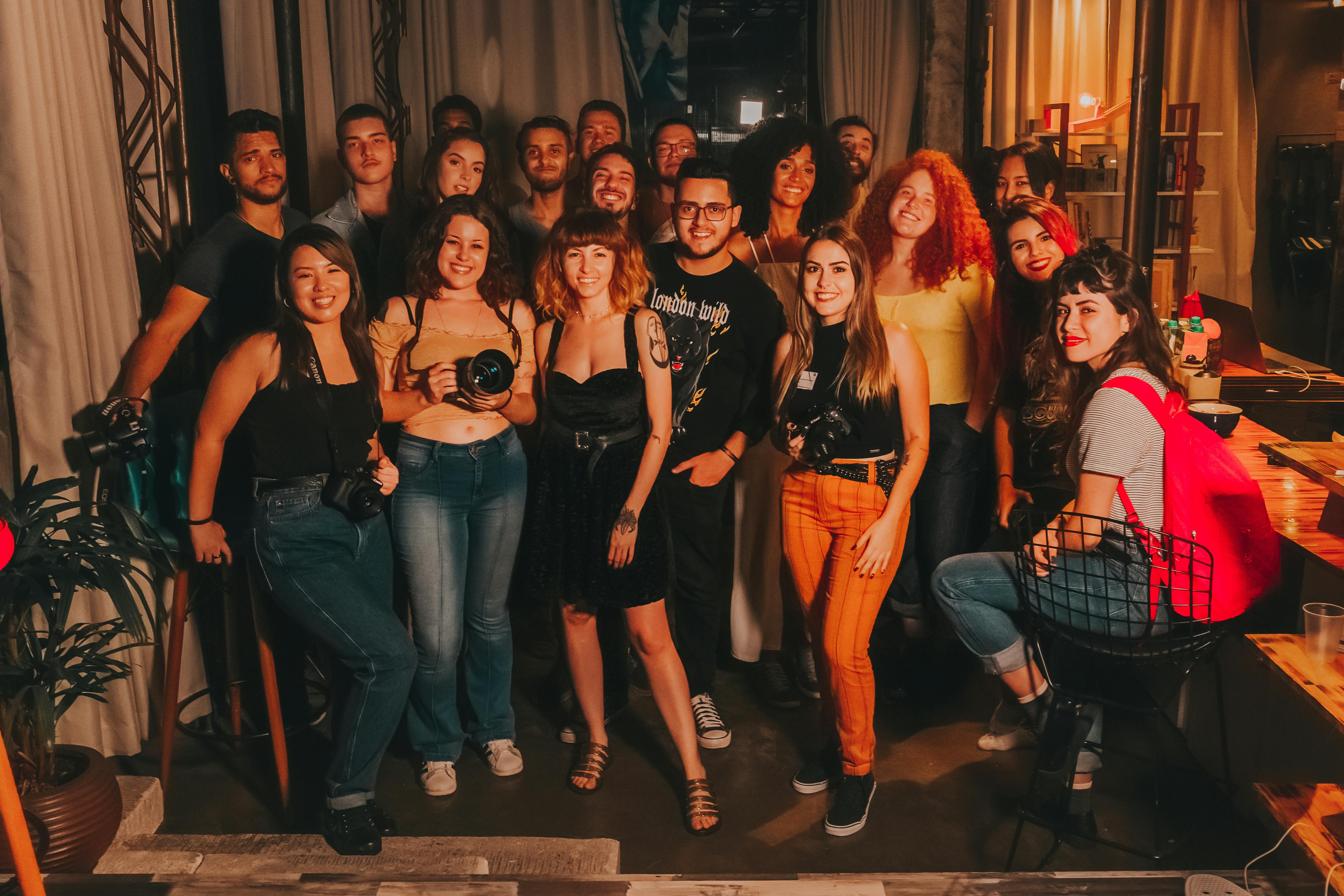Those of us over 40 years old know a little more about the evolution of the music industry than our younger counterparts. Do you remember 45? Remember when the Jackson 5 was a group and Michael Jackson had an Afro? You had an A side and a B side. Then there was the LP and the 8 tracks. Most of us bought singles in those days because it was all we could afford. However, we got the music we wanted and the record labels made money. Even when the tape recorder came out and we started recording our favorite songs from the radio, the industry was still making money.
Fast forward to the 1990s and now everyone is forced to buy a $16.99 CD with just 2 good songs they like. Why? Because it costs record labels the same amount of money to ship a full album as it does to ship a single. This was the most profitable moment for the industry but not for the artist. A lot of artists during this time got really bad deals and ended up broke. Fast-forward to the year 2004, when digital downloads hit the scene, all of a sudden, the artist could sell their own CDs and record industry profits plummeted. Many labels believed it was because of piracy but that was an excuse they put up so they didn’t have to face the real problem. The truth is that the music industry has returned to its roots. People only buy the music they like and not a crappy 16-track album.
Can the artist make money with this new platform? The answer is yes. Here’s why. I remember back in the early 2000s when I was producing independent artists here in Chicago. They would go out and spend $2,000 on 2,500 CDs and sell them at shows, pull them out of their trunk, or try to get them to local stores. This was after they spent a few thousand dollars producing the CD in the first place. Today, an artist can have a digital CD distributed to various online stores without spending a dime on CD printing. The cost of producing a CD can now be done for a hundred dollars instead of thousands of dollars. Now the artist can keep 100 percent of her money instead of the 3 percent they had with major labels, plus they can make money from licensing her music. Yes, it’s true that record label revenues are down a lot since the ’90s, but costs are also down, which means profits should go up. In other words, if that same artist sells 2,500 digital CDs online today instead of taking them out of his trunk, the money goes into his pocket instead of reprinting CDs.
Some believe that streaming services will undermine the artist, but this is not true either. A streaming service owes PRO or performance rights royalties. This means that an artist will be paid for everything that is played on their song. Although that may not be much with over a billion people online and millions listening to streaming services, it can add up pretty quickly. This is an alternative for those who may not have the money to buy music but are still a fan and the artist still gets paid.
I remember when it was almost impossible to get a song on the radio for a new local act or independent artist. And don’t even think about putting your video on MTV. Now simply upload your new video to multiple video hosting sites, your own webpage or even other websites to promote your song. So yeah, it’s a good time to be an independent artist if you’re willing to put in the work, but it’s not a good time to be a major label. The day the artist can no longer make money from his music is the day he stops making music.



